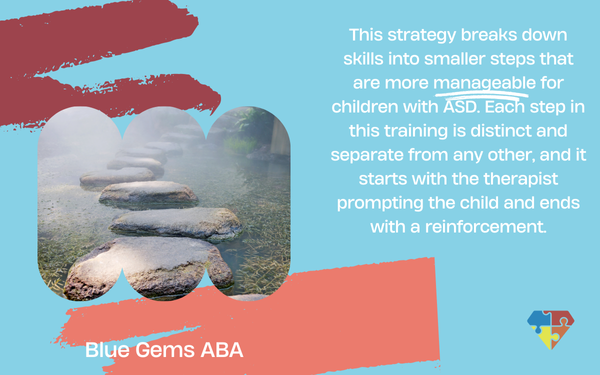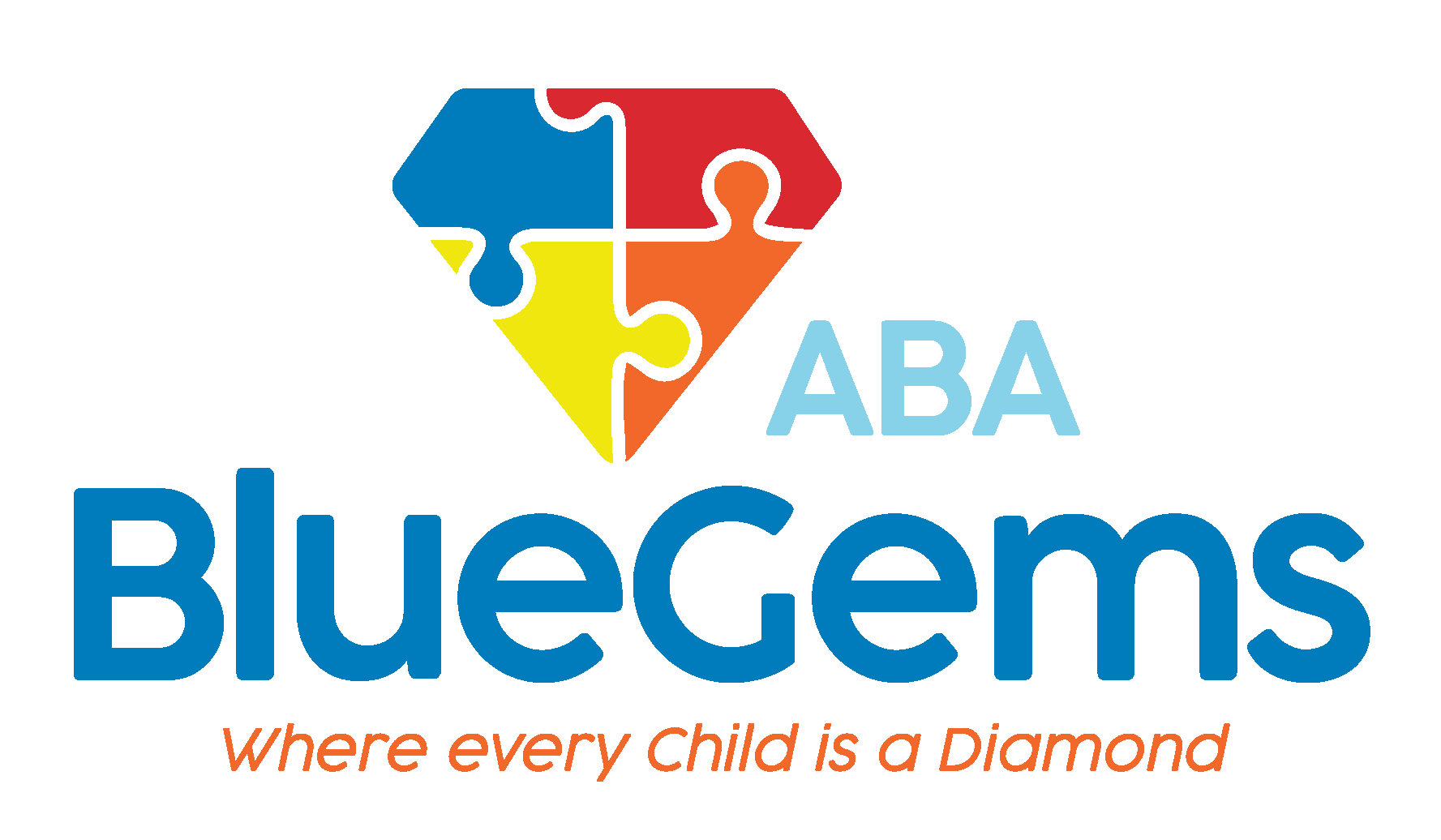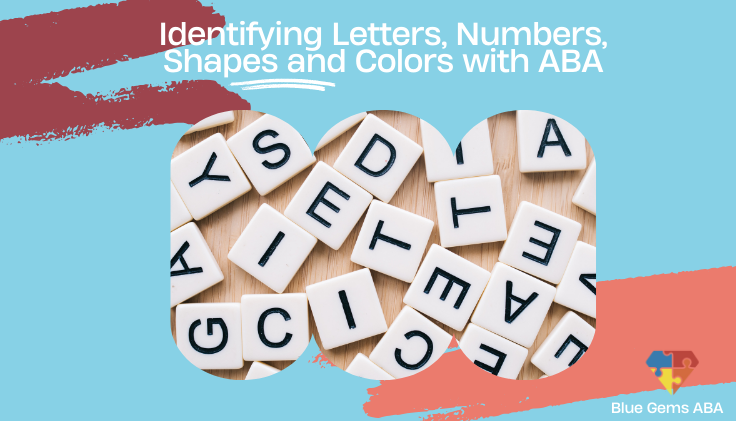Identifying Letters, Numbers, Shapes and Colors with ABA
Learning to identify letters, numbers, shapes and colors is a skill that’s often grouped into what’s called pre-academic skills. As the name suggests, these skills are typically acquired before a child enters a traditional classroom setting and are taught by parents, caregivers or others responsible for the child.
These skills may sound rather basic, but they serve as the foundation for all future learning. After all, the first step in learning how to read, for example, is being able to identify letters.
For many typically-developing children, learning these pre-academic skills is something that is relatively easy, even if they might not be able to achieve it until around 30 months old.
For children with autism spectrum disorder (ASD), learning pre-academic skills can be quite challenging. Through applied behavior analysis (ABA therapy), children with autism can build a variety of skills to help prepare them for school and for other challenges in life.
In this article, we discuss how ABA therapy works to help children on the autism spectrum identify letters, numbers, shapes and colors.
Table Of Contents
Why Are Pre-Academic Skills Important?
As mentioned, pre-academic skills are foundational for all future learning. Not only that, but they also help to improve problem-solving, concentration and memory.
In time, learning these pre-academic skills can lead to developing language skills including vocal expression, enriched vocabulary and understanding other concepts.
Essentially, learning to identify letters, numbers, shapes and colors is a form of matching. Children learn how to match the name of a color with an object that is that color, for example.
Doing so helps them organize, store, recall and retrieve information, which works to improve their cognitive functioning and memory. It also increases their awareness of the environment around them and all the details of it.
How Does ABA Therapy Teach These Matching Skills?
There are many different strategies that ABA therapists can use to teach children with autism to correctly identify letters, numbers, shape and colors. One common strategy is called Discrete Trial Training, or DTT.
This strategy breaks down skills into smaller steps that are more manageable for children with ASD. Each step in this training is distinct and separate from any other, and it starts with the therapist prompting the child and ends with a reinforcement.

What this approach does is allows children to build the skills gradually, one step at a time, and in the sequence that is necessary for mastering the overall skill.
When teaching colors, for example, the therapist might start by having just one color of paper. They would then hold up the sheet of paper and say “red.” Then, they may point to the child and ask them to name the color of the paper for them.
If the child responds correctly, the therapist will use positive reinforcement techniques to reward them for the correct answer, as well as keep them motivated and engaged to learn more.
Over time, the therapist will integrate other pieces of paper of different colors so that the child can begin to learn how to delineate between different colors. So, they may hold different colored pieces of paper up and ask the child to identify which one is red.
Again, if they answer correctly, they will be rewarded.
This same approach with DTT can work for the identification of letters, numbers and shapes as well. The important thing is that the therapist creates a consistent schedule of prompts and reinforcement, and that the skills are emphasized constantly over time.
Blue Gems ABA Helps Children with ASD Build Foundational Skills
ABA therapy can help immensely with teaching children with ASD to identify letters, numbers, shapes and colors. This can be done following a number of different strategies and with the assistance of a variety of tools.
At Blue Gems ABA, we help children with autism build the foundational skills they need to thrive in life by administering ABA therapy on a one-to-one basis. We craft treatment plans that specifically target the strengths, challenges and preferences of each individual child, which helps to produce better outcomes.
To learn more, please contact us today.




